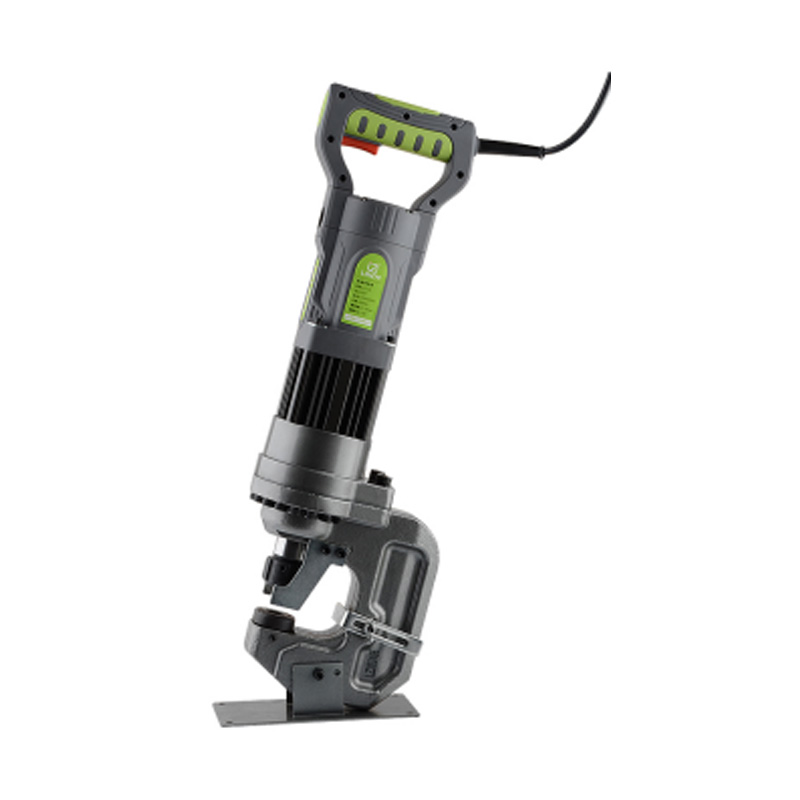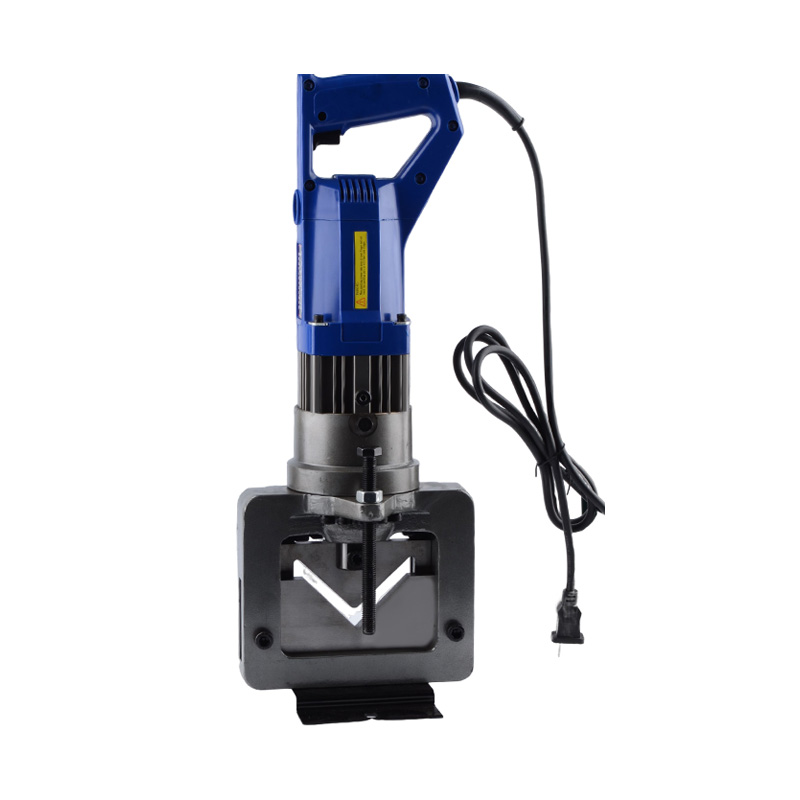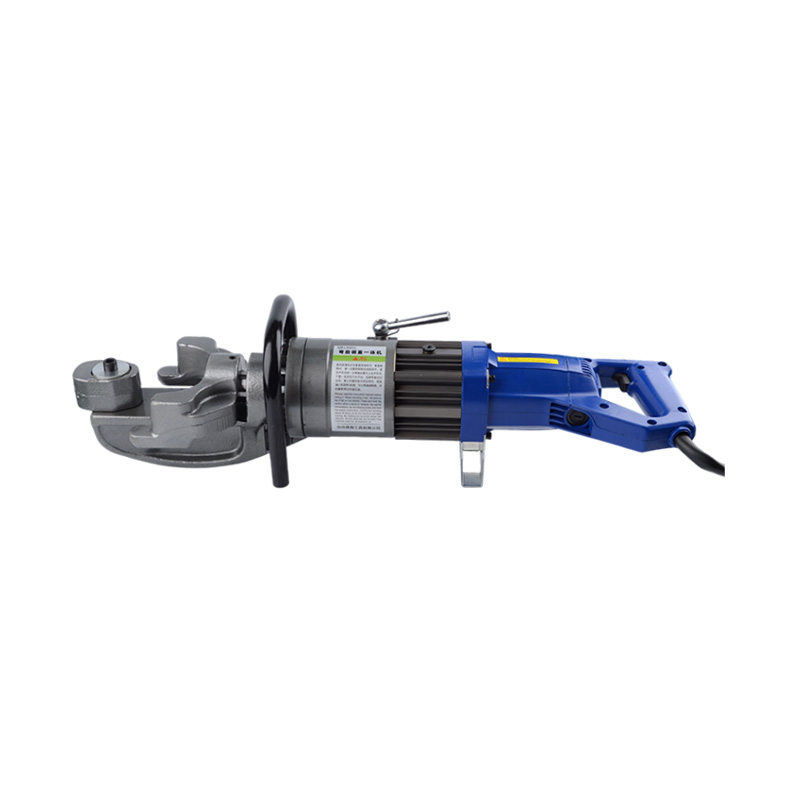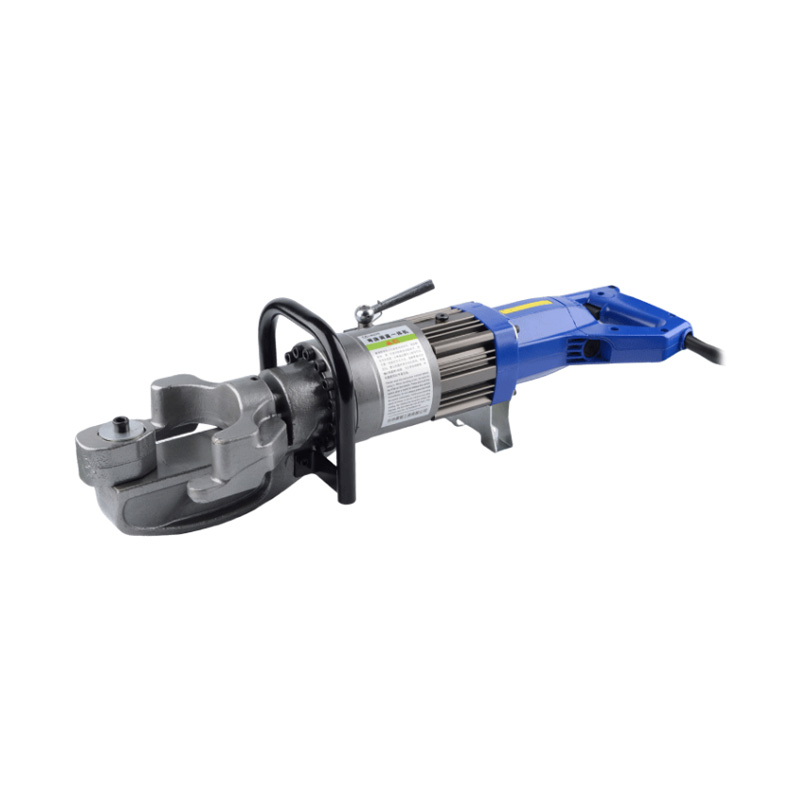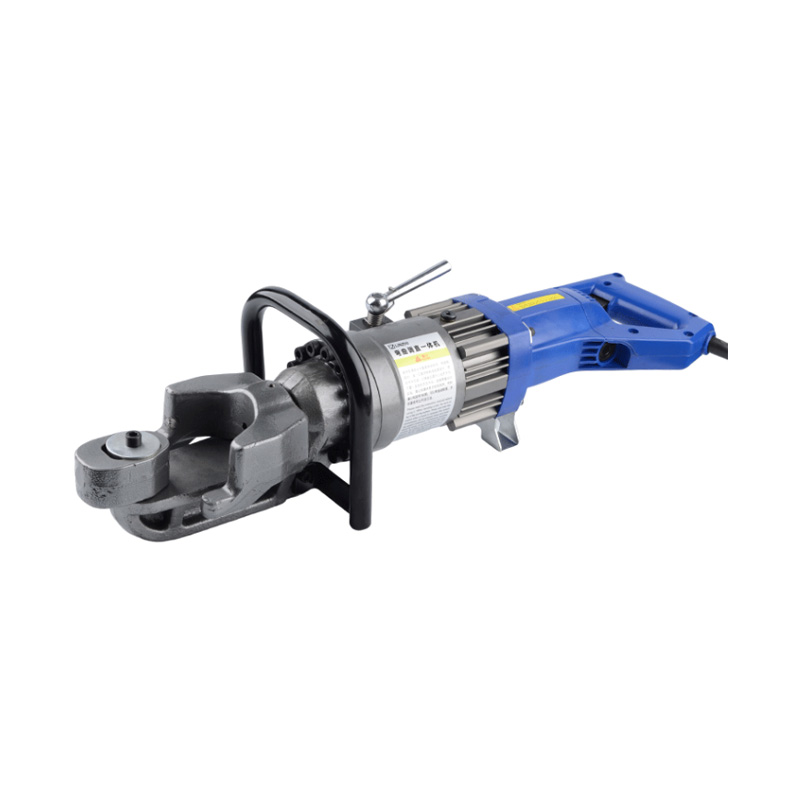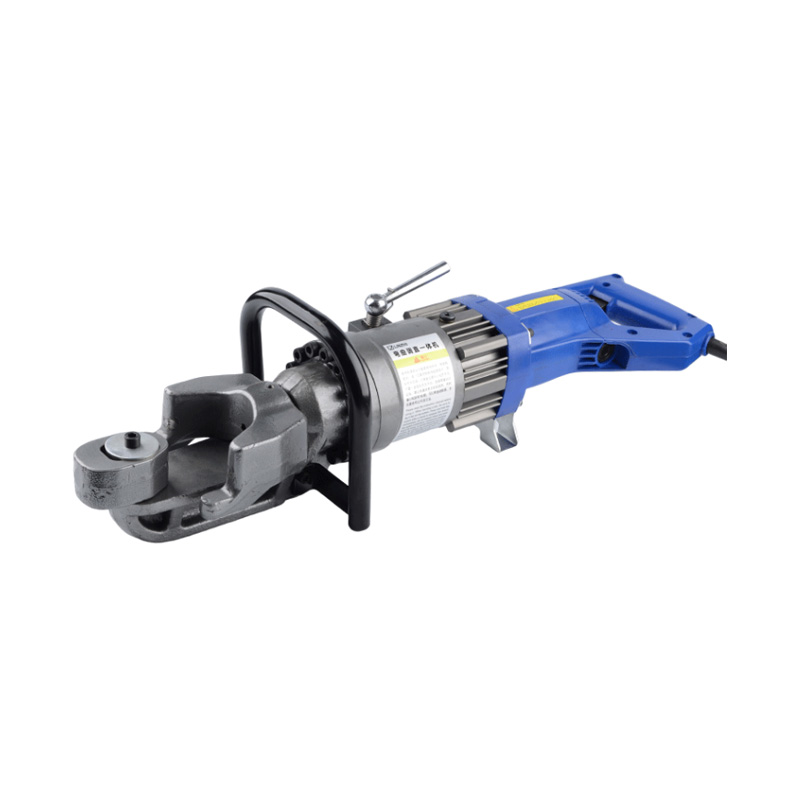OEM High Quality Angle Bar Cutter Manufacturer Exporter
Manual cutters are simple and portable but require more effort. Pneumatic cutters use compressed air to drive the cutting mechanism, providing a balance between power and control. Hydraulic cutters, on the other hand, offer the greatest cutting force and are ideal for heavy-duty applications.
An angle bar cutter is a specialized tool designed to cut metal bars at precise angles. These bars, often used in construction and manufacturing, require accurate cutting to ensure structural integrity and aesthetic appeal. The cutters are engineered to handle a variety of metal types, from aluminum to steel, and are available in both manual and power-driven forms.
The operation of an angle bar cutter involves a series of mechanical processes. Manual cutters rely on the operator's force to drive the cutting blade through the metal, while powered cutters use motors or pneumatic pressure. The cutting mechanism typically consists of a blade that moves against a fixed jaw, shearing the metal as it passes through.
The operational mechanism of an angle bar cutter involves a series of levers and blades. The user applies force to a lever, which in turn drives the cutting blade through the angle bar. In pneumatic and hydraulic models, the force is generated by air pressure or fluid pressure, respectively. The blades are designed to cut through the metal at a specific angle, ensuring a clean and precise cut.
There are several types of angle bar cutters, each suited to different applications:
Manual Cutters: These are compact and portable, making them ideal for small-scale projects or where power tools are not feasible.
Pneumatic Cutters: Utilizing compressed air, these cutters offer a balance between power and portability, suitable for workshop environments.
Hydraulic Cutters: Known for their strength and precision, hydraulic cutters are used in heavy-duty applications where high cutting force is required.
Safety is a critical aspect of any tool, and angle bar cutters are no exception. Many models come equipped with safety features such as blade guards to protect the operator from accidental contact with the cutting edge. Additionally, some cutters have ergonomic handles designed to reduce strain during use.
Angle bar cutters are indispensable in various metalworking applications:
Construction: They are used to cut metal beams and supports to the required lengths for building structures.
Automotive: In the automotive industry, angle bar cutters are employed to trim and shape metal components for vehicles.
Manufacturing: In factories, these cutters are essential for cutting metal parts to precise specifications for assembly.
Proper maintenance is crucial for the longevity and performance of angle bar cutters. Regular cleaning, lubrication, and sharpening of the blades ensure that the tool remains in ideal condition. It's also important to store the cutters in a dry place to prevent rust and corrosion.
As technology advances, so too do the capabilities of angle bar cutters. Innovations such as digital readouts for precision cutting and computer-aided design (CAD) integration are becoming more prevalent. These advancements promise to increase the accuracy and efficiency of metalworking processes.
Angle bar cutters are a vital component of the metalworking toolkit. Their ability to cut metal bars with precision and efficiency makes them indispensable in a variety of industries. As technology continues to evolve, so too will the capabilities of these tools, ensuring that they remain at the forefront of metalworking innovation.

 English
English 中文简体
中文简体 русский
русский GET A QUOTE
GET A QUOTE